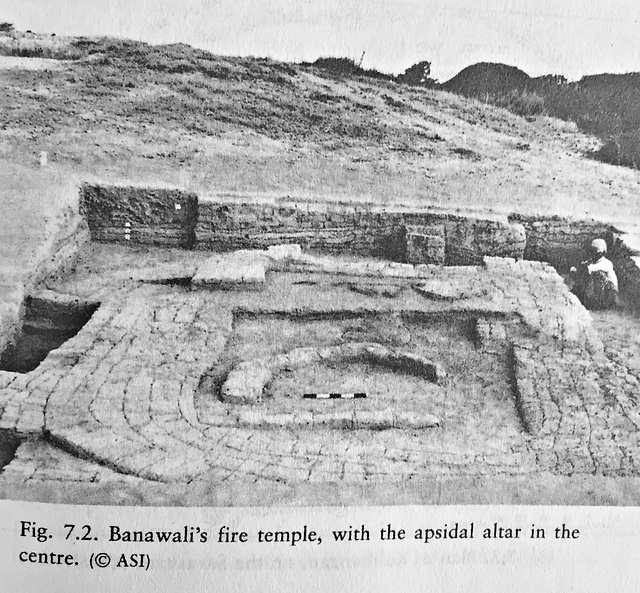See also...
Keywords
Authorizations, license
-
Visible by: Everyone -
Attribution + non Commercial
- Photo replaced on 14 Mar 2020
-
91 visits
Fig.7.2


Perhaps the most remarkable structure unearthed in Banawawali’s acropolis (fig. 7.2) is a small building shaped as a semi-ellipse -- percisely the shape of the acropolis. As if to make it amply clear that this was a conscious choice and not an accident, the building harbours an alter that once again conforms to a semi-elliptical (or apsidal) shape. There can be little doubt that this building was a small temple dedicated to fire worship . ~ Page 157
- Keyboard shortcuts:
Jump to top
RSS feed- Latest comments - Subscribe to the comment feeds of this photo
- ipernity © 2007-2025
- Help & Contact
|
Club news
|
About ipernity
|
History |
ipernity Club & Prices |
Guide of good conduct
Donate | Group guidelines | Privacy policy | Terms of use | Statutes | In memoria -
Facebook
Twitter










